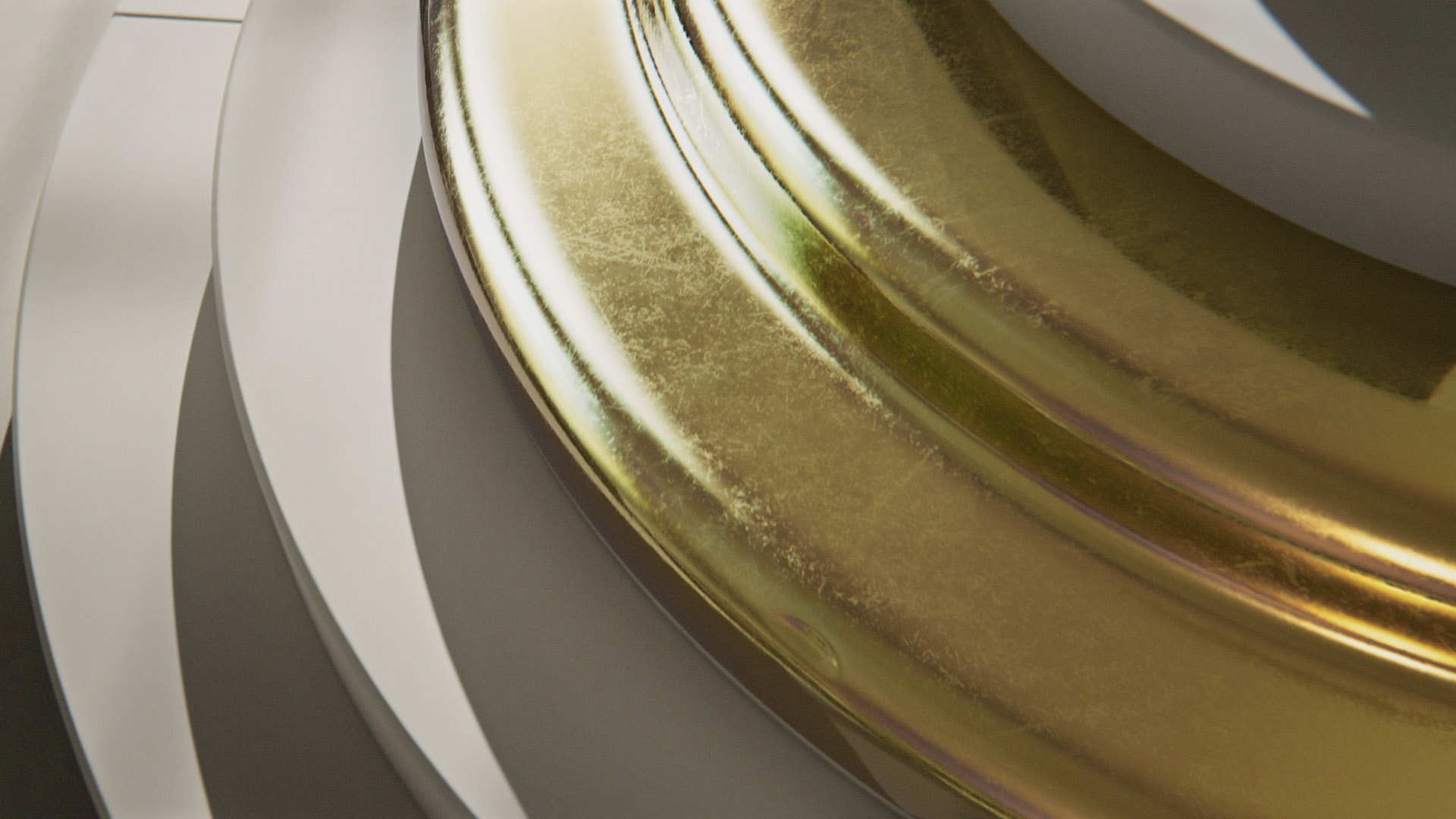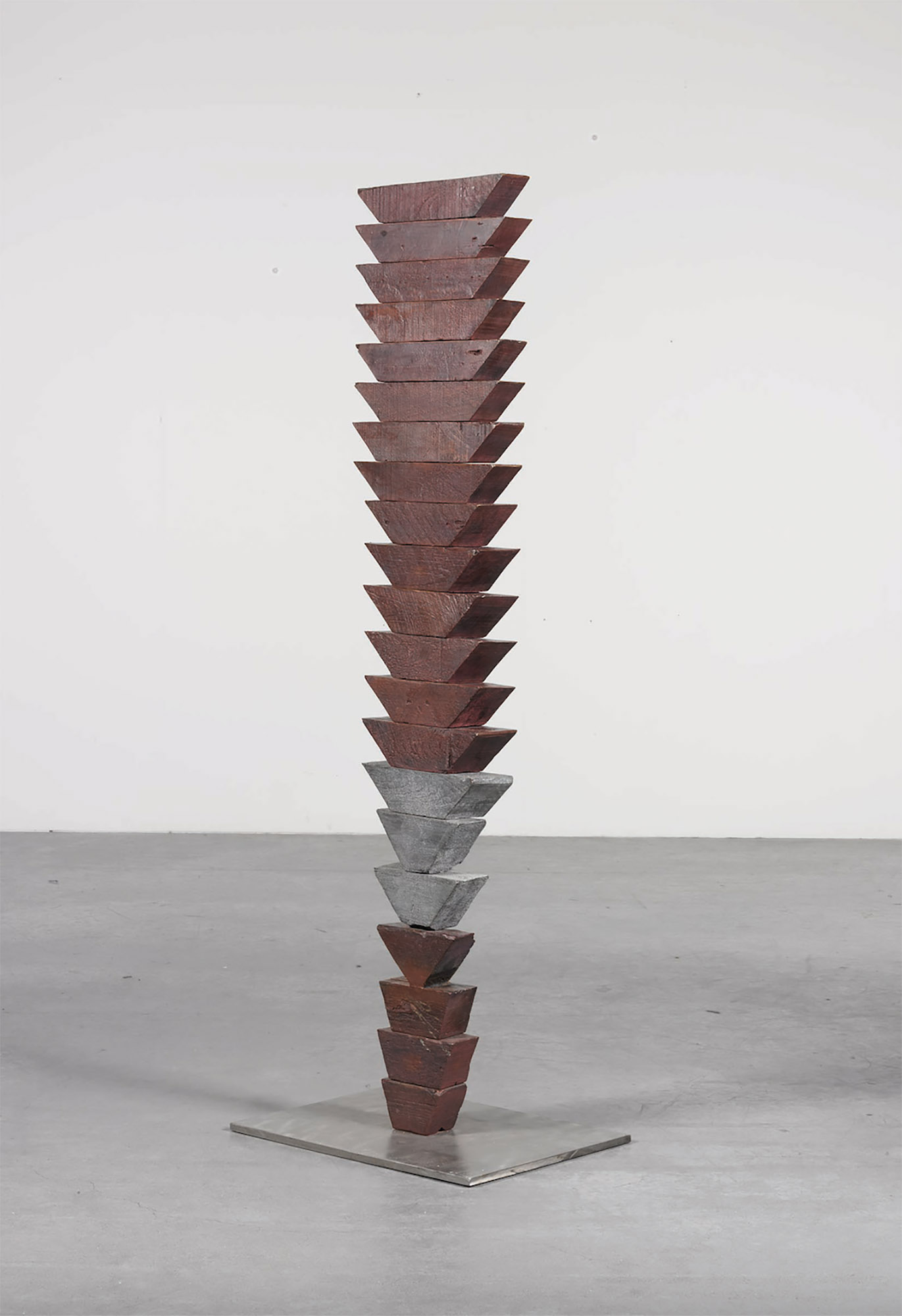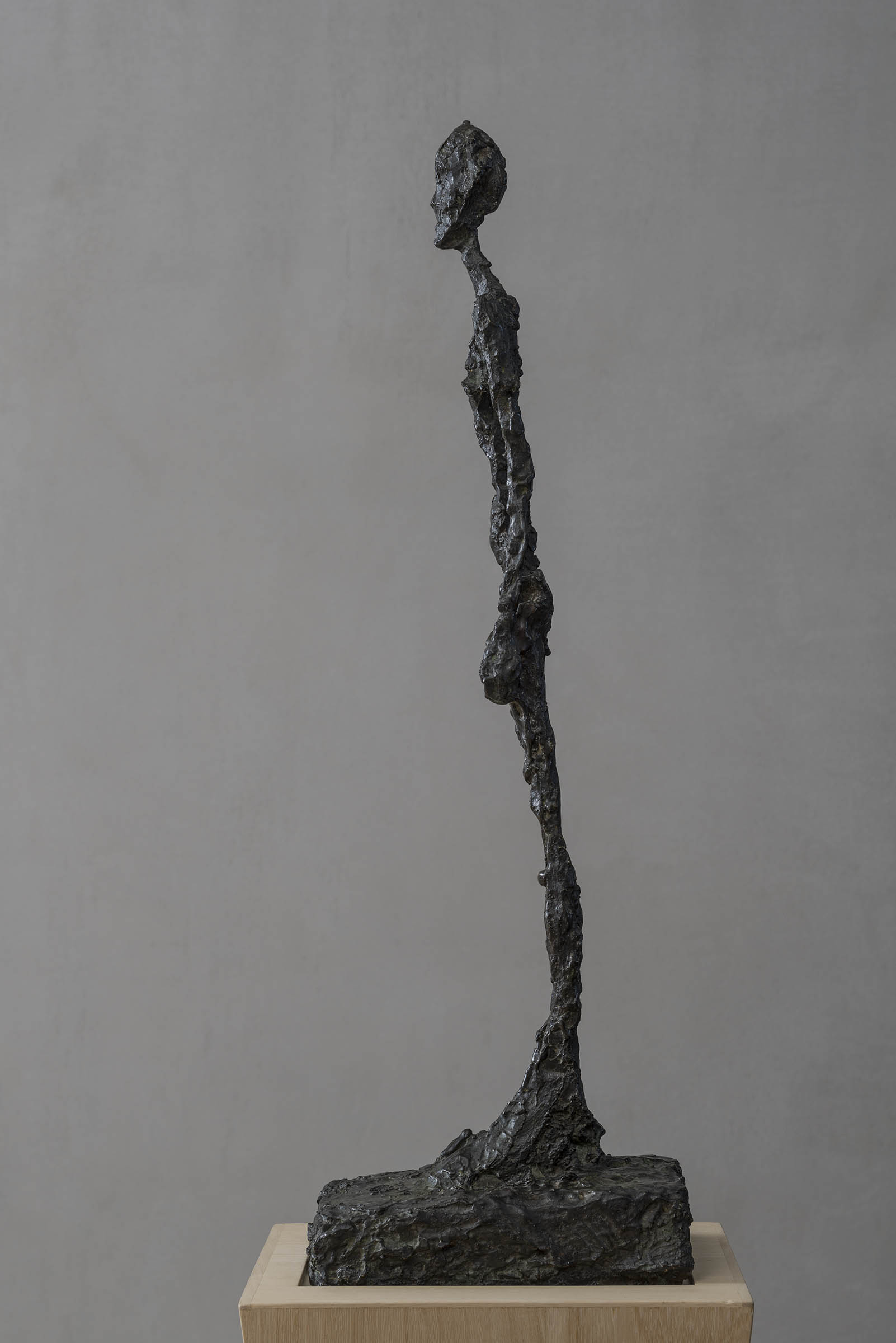Chapter 2. Three-dimensional experiments
Tuning-2 brings together nine especially commissioned sound installations and an exhibition which traces the connections that have run between music and formal experiments in the visual arts from the beginning of the last century to the present day.
The subject of this chapter is the path taken by European sculpture over the last hundred years, the milestones of which are the works of the most important masters of the twentieth century. During this period sculpture, like painting, becomes a space for radical experimentation, with artists turning away from realistic representation and thereby from the elevation of human perception to the level of an indisputable law. Turning to abstract forms, here too artists devised a new visual language, constructing complex metaphors and beginning to use materials unusual for sculpture. Previously incompatible traditions, cultures, and contexts met and intertwined.
Dramaturgically, this chapter might be likened to a three-part dialogue. On one side, we have the works of Alberto Giacometti (1901–1966), Henry Moore (1898–1986), Constantin Brâncuşi (1876–1957), Willem de Kooning (1904–1977), and Louise Bourgeois (1911–2010)—well known works, which allow us to trace the evolution of sculpture from the figurative to the abstract. On another, we have the narrative, proactively subject-based sculptural compositions of Pawe. Althamer (b. 1967). These two lines meet in the work of Giuseppe Penone (b. 1947), where the transition from the pictorial canvas to sculpture is accomplished literally, clearly, and almost tangibly through the introduction of three-dimensional objects to the plane.

Sculpture in the round (that is, three-dimensional sculpture) had previously been interested primarily the human body, preferably idealised and harmonious. It now became the domain of formal exploration. A striking example of this is Constantin Brâncuşi’s Le premier cri (1917). This bronze, egg-shaped object—with a single hollow symbolising an open, crying mouth—reads as a striking and complete image of new life.
As was the case with many other modernist artists, Brâncuşi’s work was deeply influenced by art from the African and Oceanian countries that had been colonised by European powers. The spontaneity, freedom from rules, and vitality of these simplified forms was in opposition to the strict canon of European tradition—a new artistic language was taking form.

Louise Bourgeois
(1911–2010)
Untitled (The Wedges), 1950
Bronze
Traces of a familiarity with this new artistic language can be found in the works of Louise Bourgeois (1911–2010). Untitled (The Wedges) (1950) is practically a pagan totem. A primordial mysticism makes itself felt here, in contrast to the rationalism of European civilisation. In Henry Moore’s Working Model for “Reclining Woman: Elbow” (1981), we also find references to archaic female figures and symbols of fertility.
In the work of Alberto Giacometti (1901—1966), human bodies are often so elongated they become almost string-like, as though at the utmost point of exhaustion. His Femme debout (1957) is not simply an experiment in figurativeness, but an emotional statement. This slightly bowed figure speaks to the fact that for all its fragility and defencelessness, mankind was able to withstand the severe trials of the twentieth century, its world wars and industrial disasters, and accompanying, loud-voiced declarations of humanitarian values.

Alberto Giacometti
(1901–1966)
Femme debout
(Standing Woman), 1957
Bronze
An utterly particular approach to the search for a new sculptural language is apparent in Willem de Kooning’s Large Torso (1974). One of the most renowned of the abstract expressionists, de Kooning’s works capture the birth of the human figure as it emerges from formless material—an energetic gesture, reminiscent of the creation of the world from primordial chaos.
At least at first glance, Pave. Althamer’s Ognisko (Camp Fire) (2012) can seem to continue this formal tradition. Four figures of epoxy resin are settled around an absent camp fire. Each of them is either melted or mutilated. To some viewers, they are representations of ancient souls, to others, they are beggars warming themselves around the scrap-heap after a hard day. Or perhaps these aren’t living people after all, but rather the remnants of a planetary catastrophe.
The work of the Italian artist Giuseppe Penone is a transitional form between sculpture and and painting—in his Spine d’acacia—palmo (2004), a palm-print made of thousands of acacia thorns covers a silk canvas. This fragment is a part of the larger Anatomy series, which Penone has described as “a game with three elements: animal, vegetable, and mineral.” The work makes manifest one of Penone’s key themes, the affirmation of harmony between mankind and the universe. This harmony is underscored by Penone, who brings in nature herself as co-author, notably in Spazio di luce (2008), a work which can been seen at the foot of